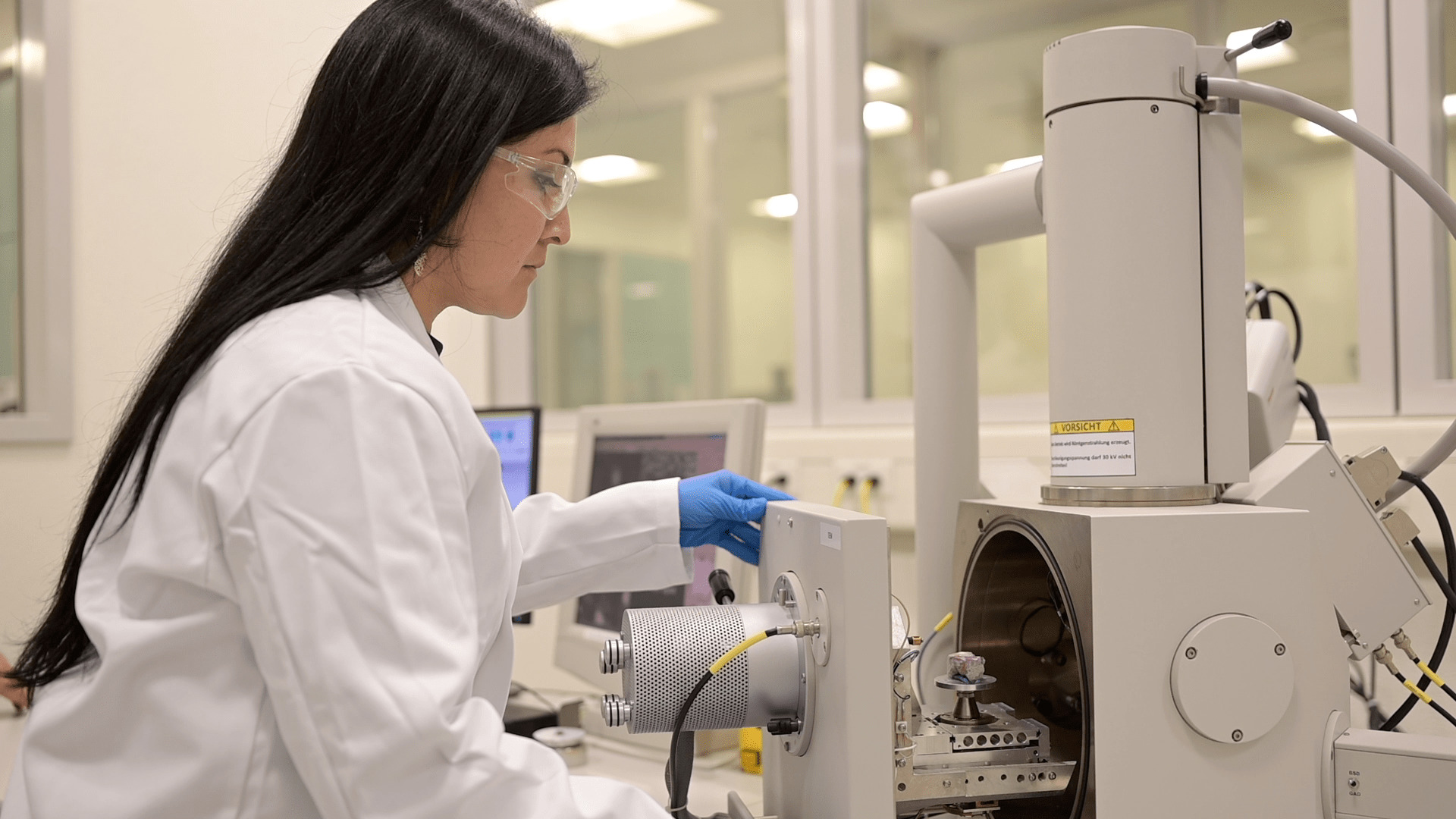
A new research project aims to cut the carbon emissions of cement by up to 40% by using waste clay in the manufacturing process.
The Mineral Products Association (MPA) has been appointed lead partner for the research. It aims to demonstrate how using recycled clay from brick manufacturing and overburden clays at quarry sites can cut cement emissions at the same time as reducing waste.
Funded by Innovate UK, the two-year project will examine the potential to cut the embodied carbon of cement by an expected range of 20-40% compared with CEM I cement.
Heating methods
Using clay also requires less, or in some cases no heating, when compared to cement clinker production.
The project is trialling two heating methods to prepare the clay for use in cement and concrete. These are a rotary kiln, a commonly used technique; and innovative ‘flash heating’.
The MPA added that clay is a naturally abundant material in the UK. It offers an alternative to other industrial by-products, including ground granulated blast-furnace slag (GGBS) and fly-ash. Both are being successfully used to lower embodied carbon within cement.
Industry partners
Dr Diana Casey, director of energy and climate change at the MPA, said: “Trialling the use of waste clay from brick manufacturing as a cementitious material is a huge step forward for our industry as we continue to decarbonise and move towards a circular economy.
“This has the potential to create a whole new market if waste clays become widely used in the construction industry.”
Industry partners Tarmac, Hanson, Imerys and Forterra are supporting the project. Research partners from the University of London and the University of Dundee are also involved.











